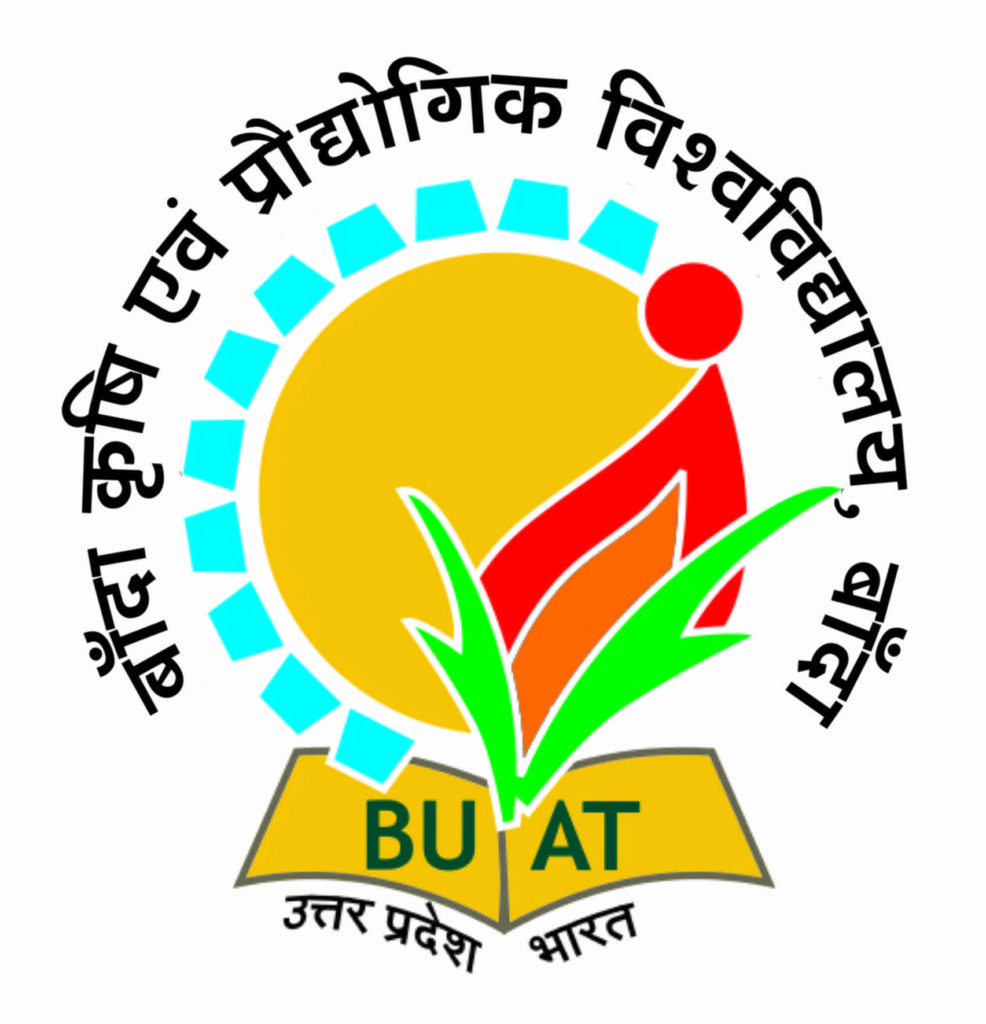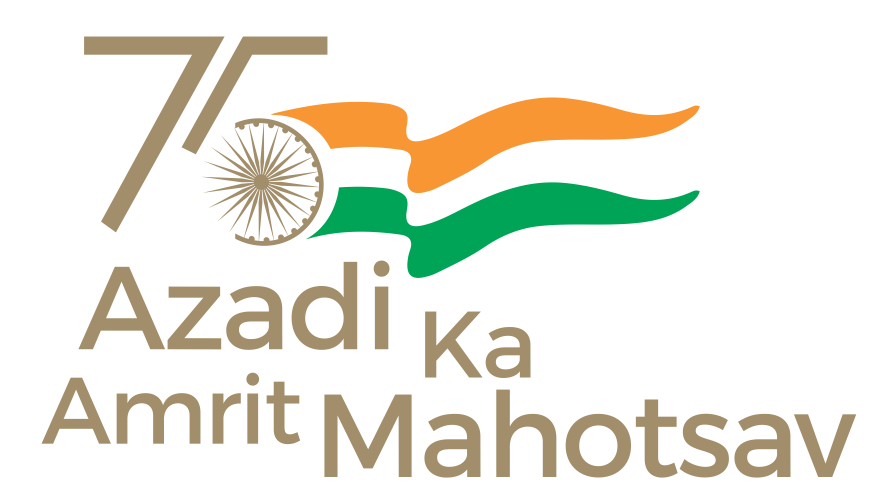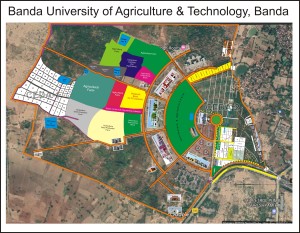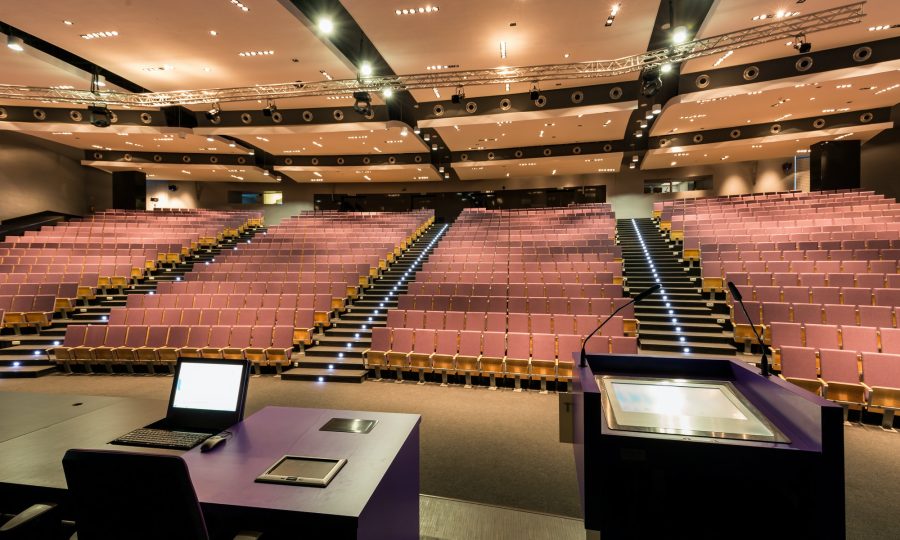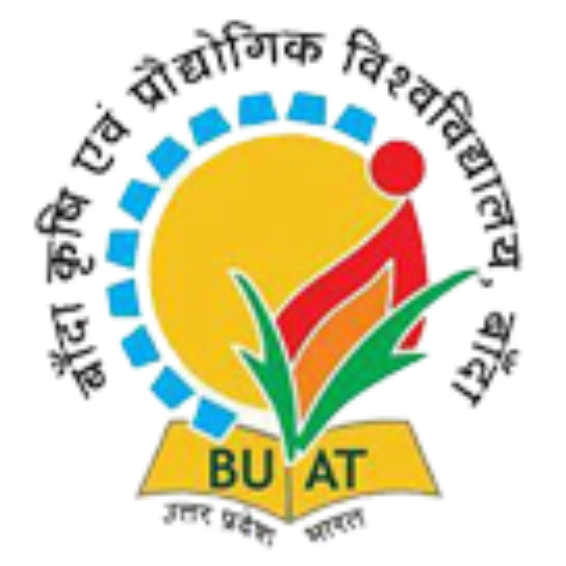About
- Home
- About
1200+
Students
900 ACRES
Campus
12 +
Experience
Placements
100 +
Faculties
50+
MNC's
History of University
Banda University of Agriculture and Technology, Banda has been established as a full-fledged State University, having unique honour of being the “First Agricultural University of Bundelkhand Region”. The University was notified vide Government Order No. 301/79-V-1-10-1 (Ka) 27-2009 Lucknow and established on 2nd March 2010 under Uttar Pradesh Agriculture University Act (Sanshodhan) 1958 Gazette-Adhiniyam 2010. Initially it was named as “Manyawar Shri Kanshiram Ji University of Agriculture and Technology, Banda”, which was changed as “Banda University of Agriculture and Technology, Banda” vide Uttar Pradesh Agriculture University Act (Sanshodhan) Adhiniyam, 2014, No. 1528(2)/LXXIX-V-1-14-1(Ka)-13-2014 dated 4th December 2014.
The University has been established for the development of the agriculture and allied sectors in the Uttar Pradesh on the whole and Bundelkhand region in particular. It is committed to serve the Bundelkhand region with trinity concept, i.e. complete integration of teaching, research and extension for the development of agriculture and allied sectors in order to ensure food security and enhance socio-economic status of inhabitants. State Government of Uttar Pradesh has assigned the University with the responsibilities of (a) human resource generation and development, (b) generation and perfection of technologies, and (c) their dissemination to the farmers, orchardists and dairy farmers in the Chitrakoot Dham and Jhansi divisions. The Chirtrkoot Dham Division consists of four districts, namely Banda, Chitrakoot (Karvi), Mahoba and Hamirpur whereas Jhansi Division consists of Jhansi, Lalitpur and Jalaun (Orai) districts.
About the University
Banda University of Agriculture & Technology, Banda has been established in 2010 to serve the Bundelkhand region with trinity concept i.e., teaching, research and extension. Bundelkhand region of Uttar Pradesh, comprising seven districts viz. Jhansi, Lalitpur, Banda, Mahoba, Hamirpur, Chitrakoot, Jalaun, has unique agroclimatic conditions. The geographical area of the UP-Bundelkhand is 2.94 million hectare which is about 12.21% of the state. This region is characterized by some of the lowest levels of per capita income and human development in the country. Local inhabitants rely primarily on rainfed single crop agriculture and small-scale livestock production for their livelihood. Crop production, livestock rearing and seasonal outmigration provide more than 90% of rural income in the Bundelkhand region. In Bundelkhand, Rabi crops are grown on about 69% area whereas kharif crops are grown on about 31% area. The commonly grown field crops during Kharif season are paddy, maize, jowar, bajra, black gram, green gram, pigeon pea and sesame and the Rabi season crops are wheat, barley, pea, gram, lentil, mustard and linseed. Agriculture production consists of more than 56% of cereals, 32% of pulses, 8% of oil seeds and 4% other crops. UP-Bundelkhand is predominantly a pulses-growing region. There has been a huge drop in cultivation of cereals and millets in general since 1984-85 and disappearance of bajra and barley, and reduction in area under cultivation of jowar in particular. The major arable area come under rainfed situation, low input use, poor adoption of improved technology and underutilized irrigation potential are some of the constraints in increasing production and productivity of the crops. The region also suffers from frequent droughts and water scarcity. However, the frequency of drought has increased 3 folds from 1968 to 1992. Intensification of crop diversification, innovative cultivation practices, improving seed replacement rate with high yielding varieties, promoting more sown area in the Kharif season are important interventions.
Banda University
Vission
To emerge as a global centre of excellence in teaching, research and extension in agriculture and allied sciences in the country to ensure sustained healthy food, nutrition and livelihood security.
Banda University
Mission
The university is committed to the cause of Indian agriculture through its quality teaching, demand-driven and location-specific research and extension programmes in the light of dynamism of socio-economic and agro ecological conditions, management perceptions, international trade scenarios and government policies.

1980
Urayana University Founded

1990
The First Education Program

1998
First Graduation From Urayana
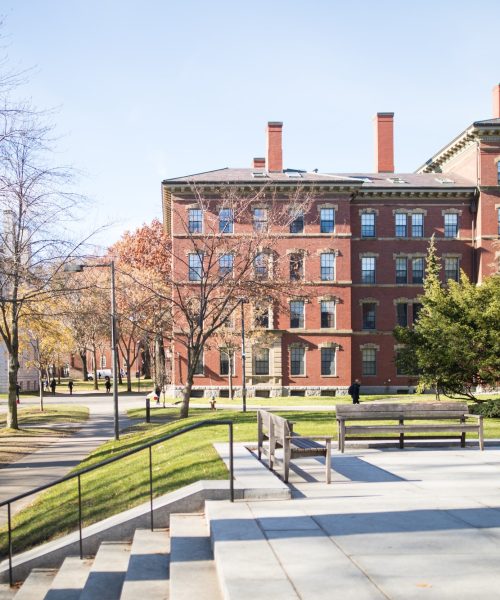
2010
5 Faculties have been established
We Work Hard To Prepare Every Student For Their Professional Life
Our Lecturers
Competent Instructors And Lecturers
Mandate of the University:
Teaching :
- To create human resource, trained in agricultural and allied sciences that may cater the need of 21st century. To produce, scientifically and technically sound graduates with entrepreneurial skills, who can provide employment to unemployed rural and urban youths.
- To generate technically-sound humans who can apply their acquired knowledge and skills to diversify and industrialize agriculture for socio-economic transformation of the rural society.
- Development of technical skills for coordinating agriculture with industry.
Research :
- To generate innovative agriculture technology to make Indian Agriculture globally competitive.
- To apply all possible sources of scientific interventions to the solution of the technical and practical problems of agriculture.
- To boost up basic research to accelerate the progress of agriculture with the inputs of fundamental knowledge.
- To solve the specific agriculture related problems, being faced by farming community.
- To formulate specific package of practices for optimization of farmers’income of different holding sizes viz. large, medium, small and marginal.
Extension :
- To disseminate the innovative agriculture technologies among the farmers.
- To establish partnership with farmers, entrepreneurs and other stakeholders in agriculture for mutual benefit.
- To make the agriculture technology more demand driven.
- To facilitate validation, demonstration and adoption of appropriate agro-technologies.
- To achieve economic and environmental sustainability through integrated management of productivity, production, marketing and end use of farm produce.
